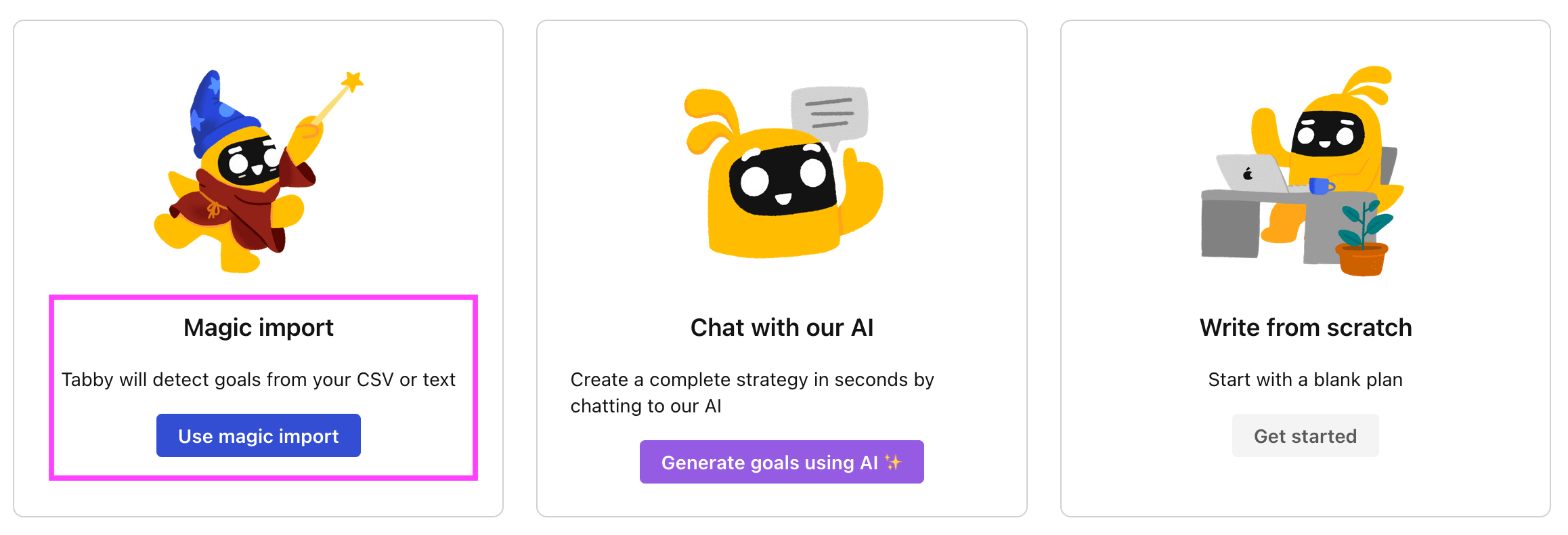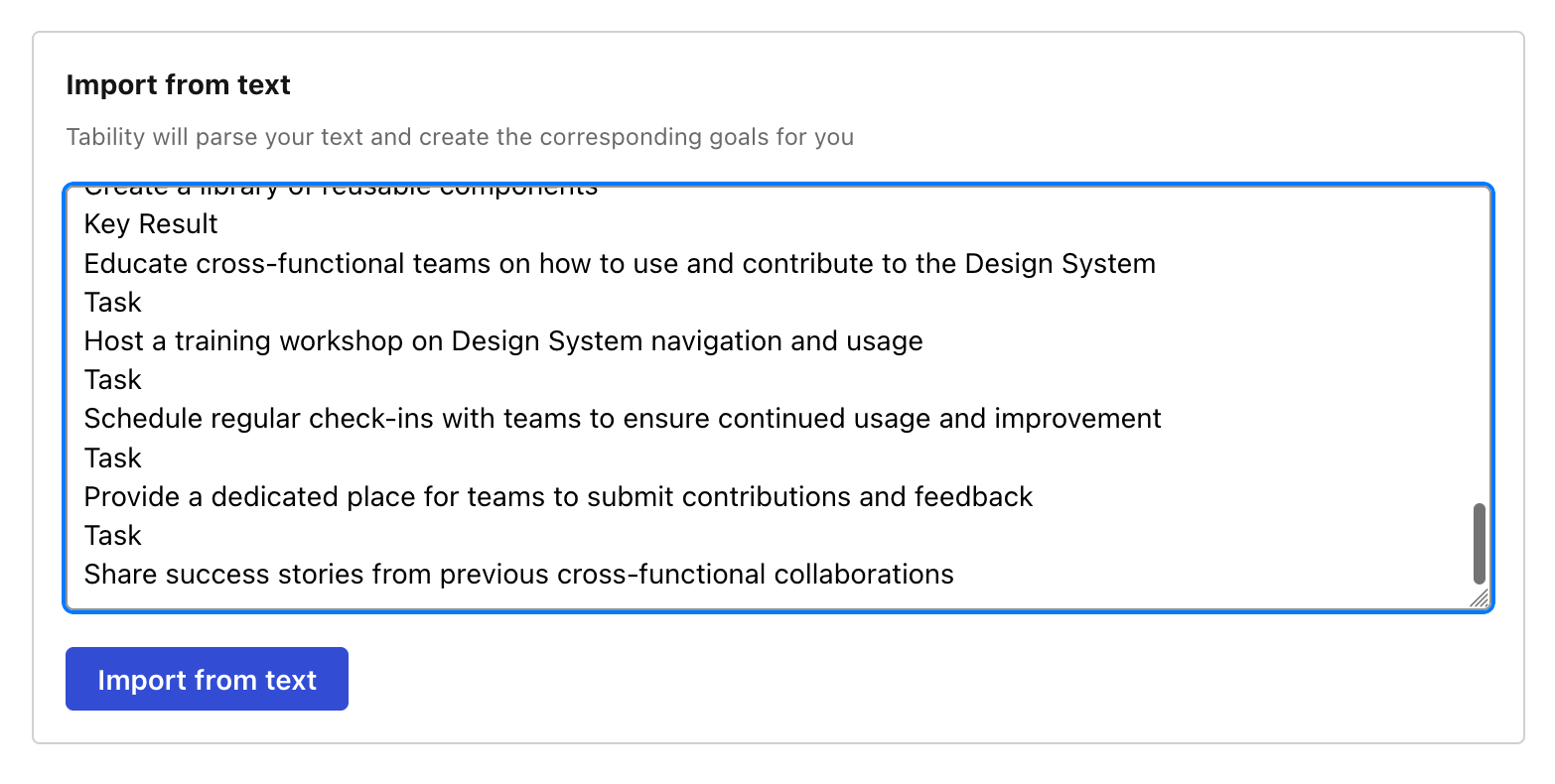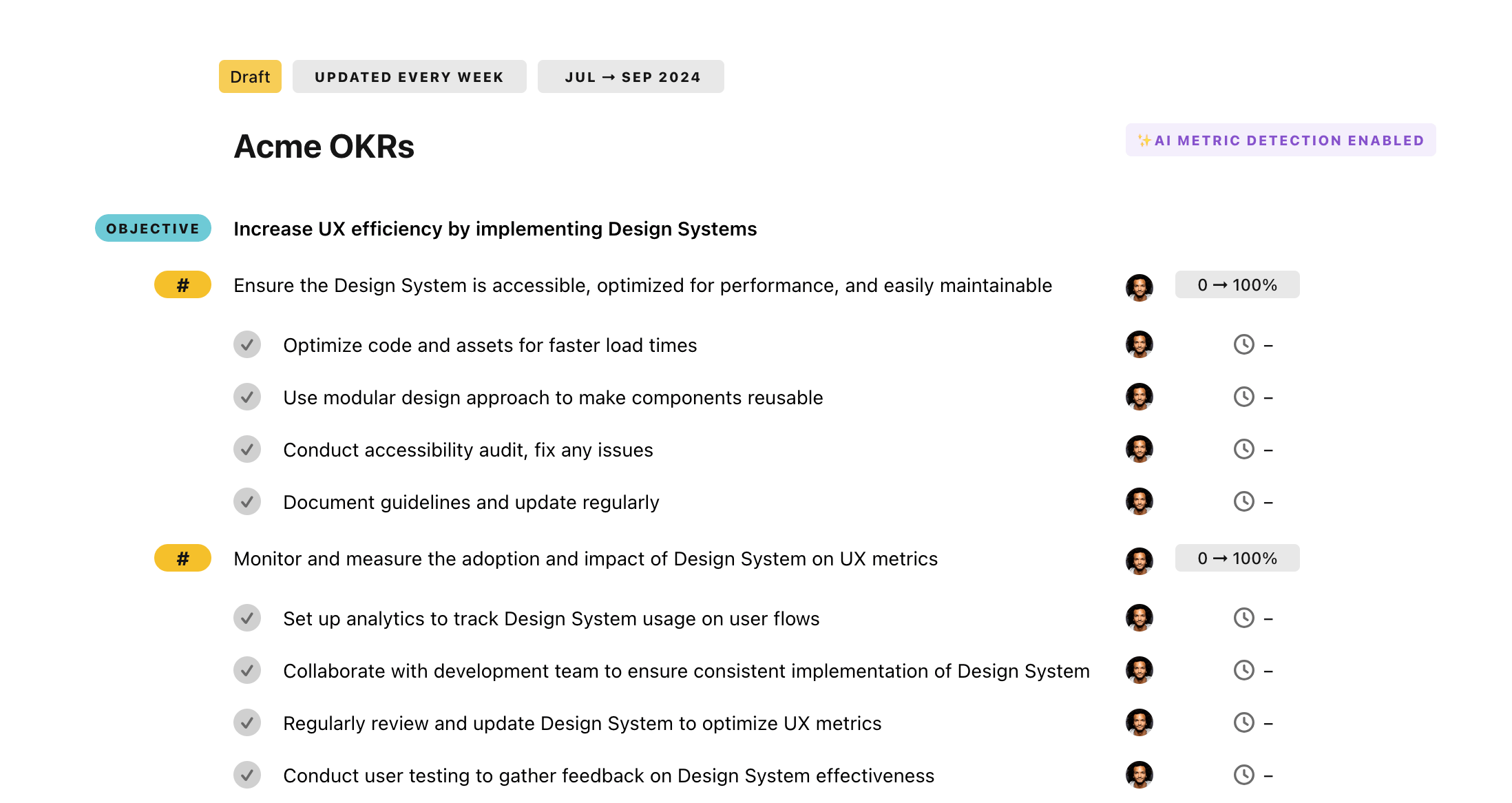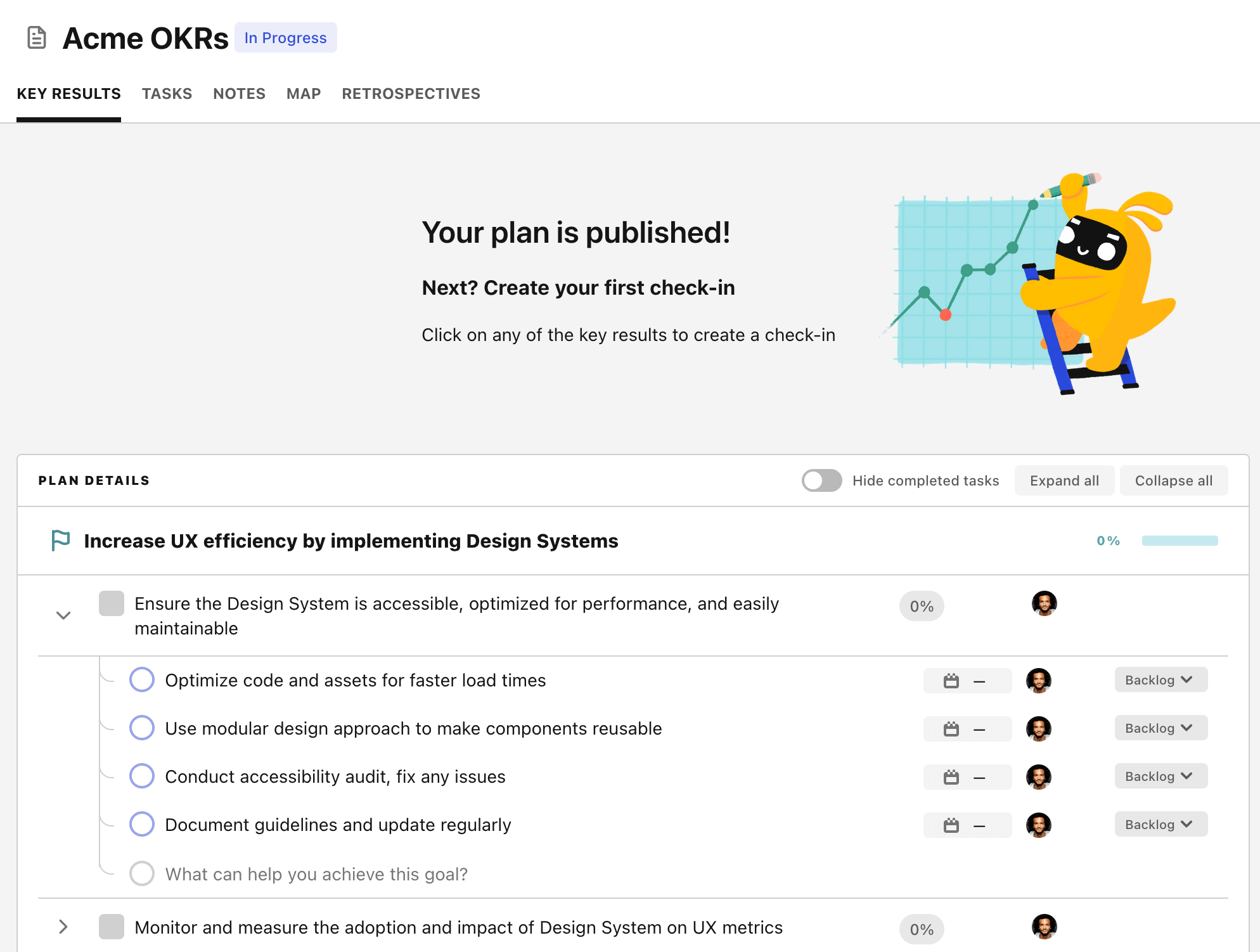OKR template to implement a performance-based pay system for field technicians
Your OKR template
Once performance metrics are defined, the objective is to uplift overall technician performance by 10% with the new pay system. Regular monitoring and tracking of technician performance is necessary. Providing incentives for achieving performance benchmarks and initiating training to familiarize technicians with new pay system are key initiatives.
Further, the objective is to develop and test a new compensation structure reflecting performance metrics within two months. It includes implementing a testing program to evaluate the new structure, identifying key performance metrics for the new compensation structure, and designing the new compensation model based on these metrics.
This OKR is performance-driven, aiming to motivate field technicians and enhance their productivity by rewarding them based on their performance. It envisions a work environment that promotes proper acknowledgment and fair compensation of hard work and dedication, ultimately boosting performance.
ObjectiveImplement a performance-based pay system for field technicians
KRDefine performance metrics criteria for field technicians by end of month one
Establish key performance indicators for technicians
Review current responsibilities of field technicians
Create a scoring system for performance evaluation
KRAchieve a 10% increase in overall technician performance with the new pay system
Monitor and track technician performance regularly
Provide incentives for reaching performance benchmarks
Initiate training to familiarize technicians with the new pay system
KRDevelop and test a new compensation structure reflecting performance metrics within two months
Implement a testing program to evaluate the new structure
Identify key performance metrics for the new compensation structure
Design the new compensation model based on identified metrics
How to edit and track OKRs with Tability
You'll probably want to edit the examples in this post, and Tability is the perfect tool for it.
Tability is an AI-powered platform that helps teams set better goals, monitor execution, and get help to achieve their objectives faster.
With Tability you can:
- Use AI to draft a complete set of OKRs in seconds
- Connect your OKRs and team goals to your project
- Automate reporting with integrations and built-in dashboard
Instead of having to copy the content of the OKR examples in a doc or spreadsheet, you can use Tability’s magic importer to start using any of the examples in this page.
The import process can be done in seconds, allowing you to edit OKRs directly in a platform that knows how to manage and track goals.
Step 1. Sign up for a free Tability account
Go tohttps://tability.app/signup and create your account (it's free!)
Step 2. Create a plan
Follow the steps after your onboarding to create your first plan, you should get to a page that looks like the picture below.

Step 3. Use the magic importer
Click on Use magic import to open up the Magic Import modal.
Now, go back to the OKR examples, and click on Copy on the example that you’d like to use.

Paste the content in the text import section. Don’t worry about the formatting, Tability’s AI will be able to parse it!

Now, just click on Import from text and let the magic happen.

Once your example is in the plan editor, you will be able to:
- Edit the objectives, key results, and tasks
- Click on the target 0 → 100% to set better target
- Use the tips and the AI to refine your goals
Step 4. Publish your plan
Once you’re done editing, you can publish your plan to switch to the goal-tracking mode.

From there you will have access to all the features that will help you and your team save hours with OKR reporting.
- 10+ built-in dashboards to visualise progress on your goals
- Weekly reminders, data connectors, and smart notifications
- 9 views to map OKRs to strategic projects
- Strategy map to align teams at scale